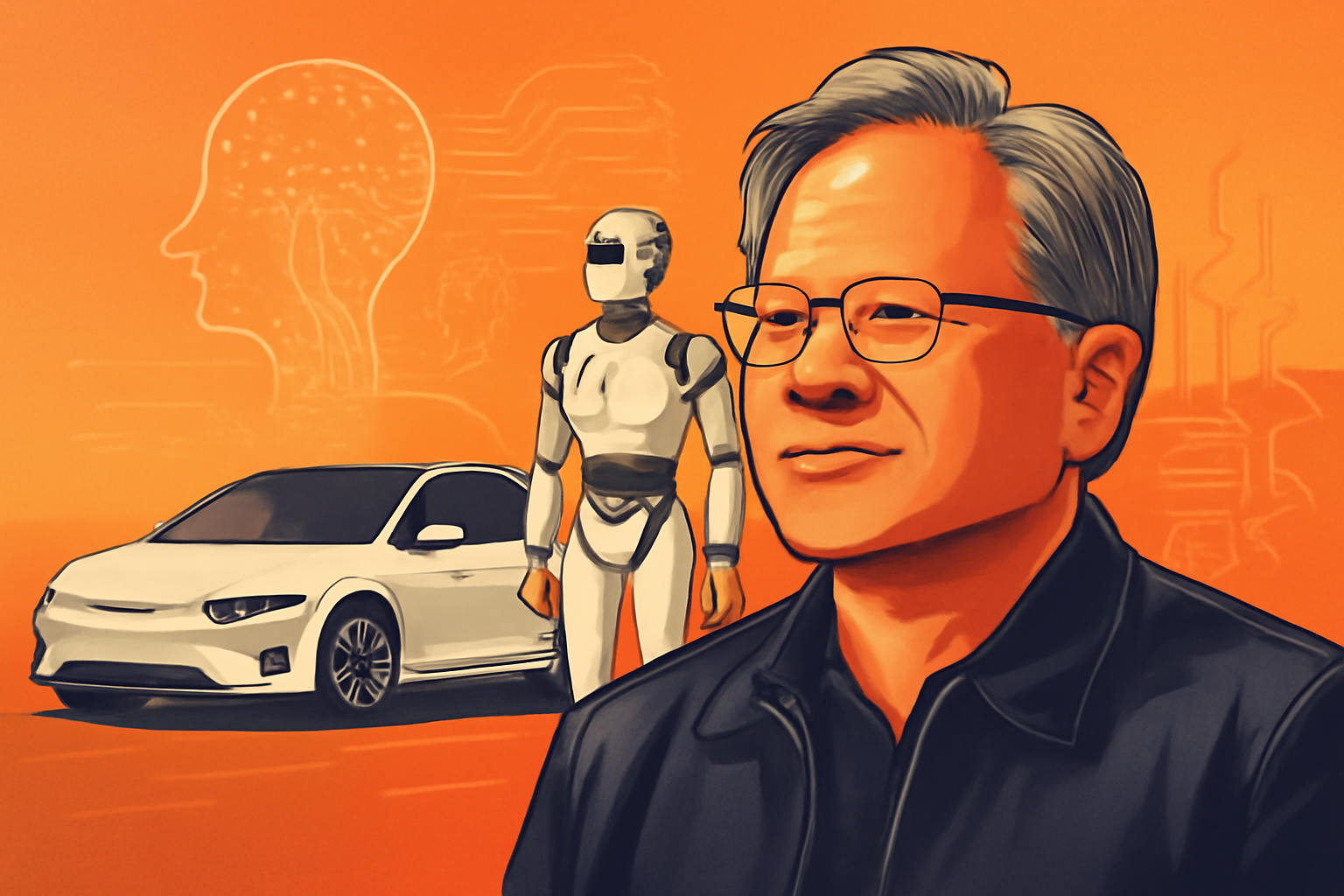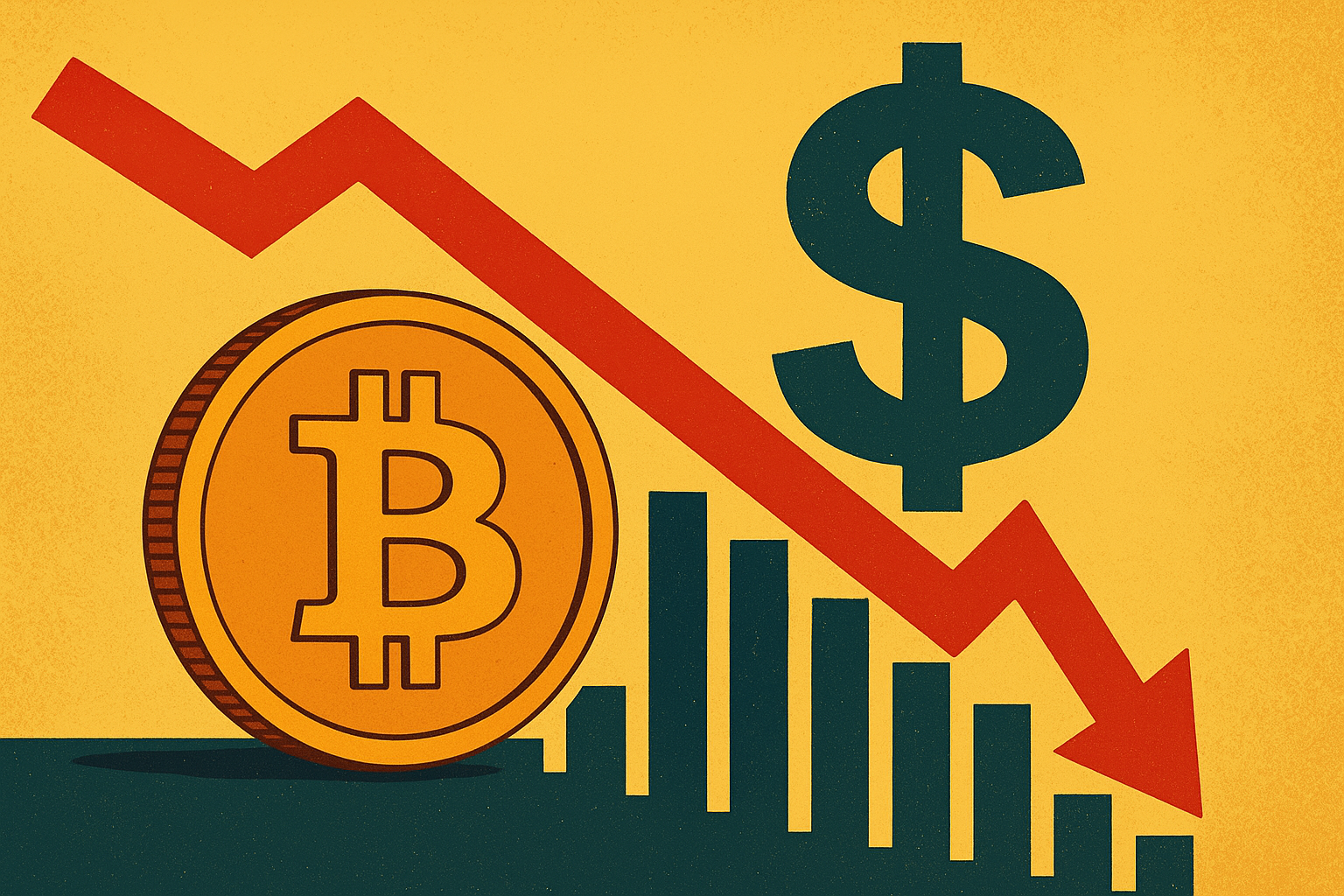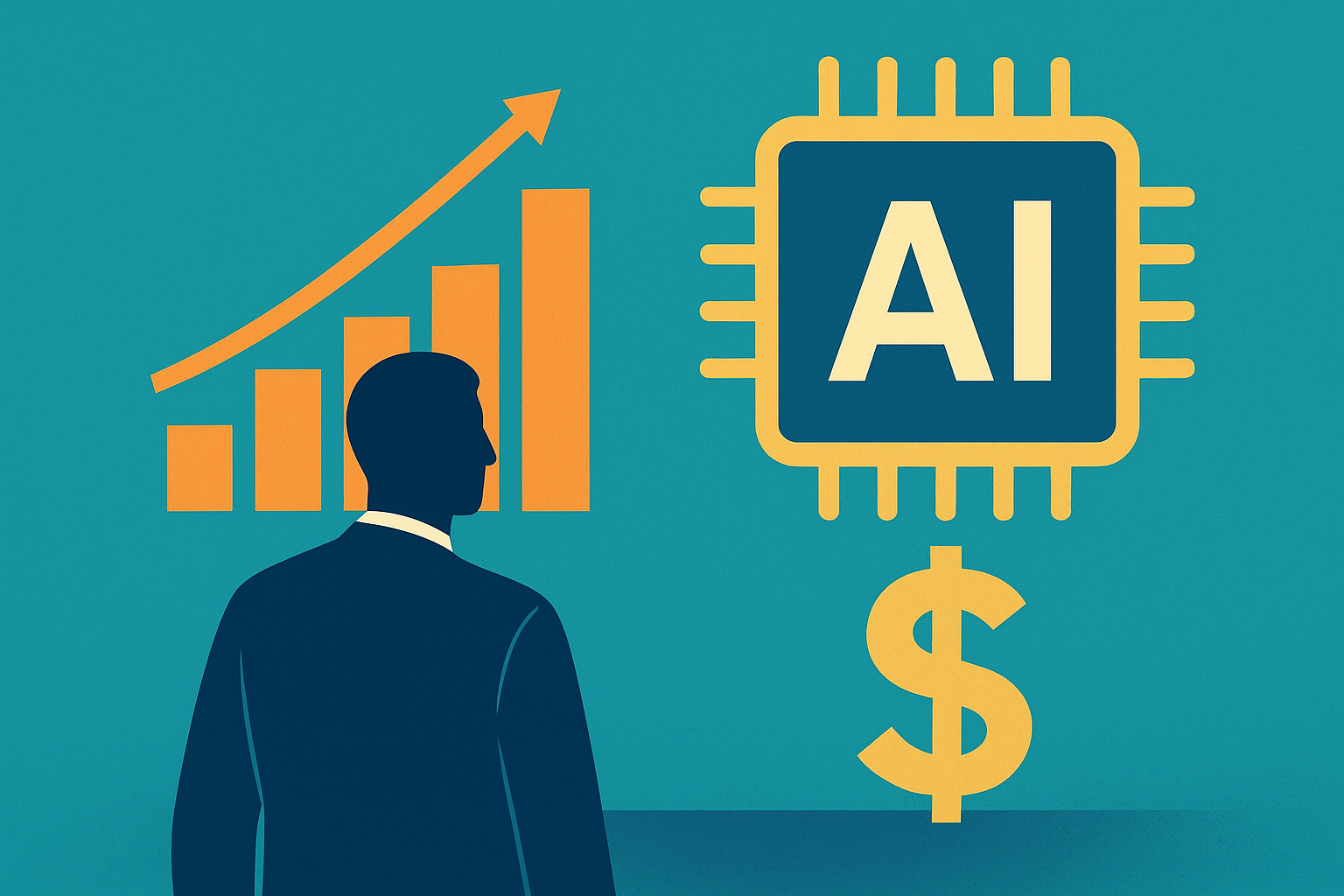A Decade That Could Redefine Automation — And Your Portfolio
In a bold declaration at VivaTech 2025, Nvidia CEO Jensen Huang set the tone for what could be the most transformative decade in technology since the birth of the smartphone. With the global race for AI supremacy heating up and automation reshaping entire industries, Huang’s forecast that the next ten years will belong to autonomous machines — from self-driving cars to smart robots — is more than a headline; it’s a potential investment goldmine.
His comments come as Nvidia continues to dominate the AI hardware space, recently crossing a $3 trillion market cap and pushing boundaries in generative AI, robotics, and edge computing. In a world hurtling toward automation, Nvidia may not just be a key player — it may be the very backbone of the revolution.
Why This Matters for Investors
According to Huang, AI is now the “great equalizer,” enabling businesses of all sizes to tap into tools once reserved for deep-pocketed tech giants. Speaking in Paris, he emphasized that autonomous technology — from robotic arms in manufacturing to vehicles navigating city streets — will drive the next wave of global productivity and innovation.
“This is the decade of self-driving cars, the decade of robotics,” said Huang at VivaTech 2025. “The last decade was the rise of cloud computing and mobile internet. This one will be defined by machines that see, learn, and act.”
And investors are already taking notice. Shares of Nvidia (NASDAQ: NVDA) are up over 180% year-to-date, fueled by surging demand for its H100 and new Blackwell-series AI chips. Meanwhile, competitors like AMD and startups in the robotics ecosystem are racing to keep up.
This momentum reflects a broader shift: Wall Street isn’t just bullish on AI — it’s betting on autonomy as the next industrial revolution.
Market Momentum and Verified Data
Industry research from McKinsey & Co. estimates the global autonomous vehicle market will exceed $600 billion by 2035, while the robotics sector is expected to surpass $500 billion in the same period. Nvidia’s own projections, shared in its recent Q2 2025 earnings call, suggest demand for AI inference and training chips could quadruple by 2028, driven by adoption in healthcare, logistics, automotive, and smart cities.
Financial analysts at Goldman Sachs have maintained a “Strong Buy” rating on Nvidia, citing its lead in high-performance computing and autonomous vehicle platforms like Drive PX Pegasus, currently used by Mercedes-Benz, Volvo, and Hyundai.
Additionally, the U.S. Department of Transportation recently announced a $1.2 billion funding round for smart infrastructure to support autonomous driving, indicating regulatory tailwinds that could further accelerate adoption.
Future Trends to Watch
- AI at the Edge: As robotics and AVs require real-time decision-making, edge AI chips — a market Nvidia is aggressively pursuing — will be vital.
- Partnerships Across Industries: Nvidia’s collaborations with automakers, hospitals, and logistics firms offer multi-sector exposure for investors.
- Regulatory Acceleration: As governments adapt frameworks for AI and automation, expect funding and infrastructure boosts in favor of deployment.
- Software-as-a-Robot: Nvidia’s Omniverse platform is expanding into simulation and robotics training, creating a new SaaS opportunity within hardware-driven ecosystems.
Key Investment Insight
Investors should consider Nvidia not merely as a chipmaker, but as a platform company driving the autonomous economy. Long-term exposure to Nvidia — and ETFs focused on AI, robotics, and autonomous vehicles — could offer growth in sectors ripe for disruption. Additionally, secondary plays like Ambarella, Mobileye, and Rockwell Automation offer diversification across the autonomy stack.
Those already holding Nvidia may want to evaluate adding during any short-term dips, especially as geopolitical volatility triggers brief corrections.
Stay Ahead with MoneyNews.Today
As Jensen Huang outlines a future teeming with intelligent machines, one thing is clear: the era of autonomy has begun — and investors who recognize the signals today may find themselves leading tomorrow.
For more real-time insights on AI, automation, and market-moving developments, follow MoneyNews.Today — your trusted source for financial clarity in a fast-changing world.





